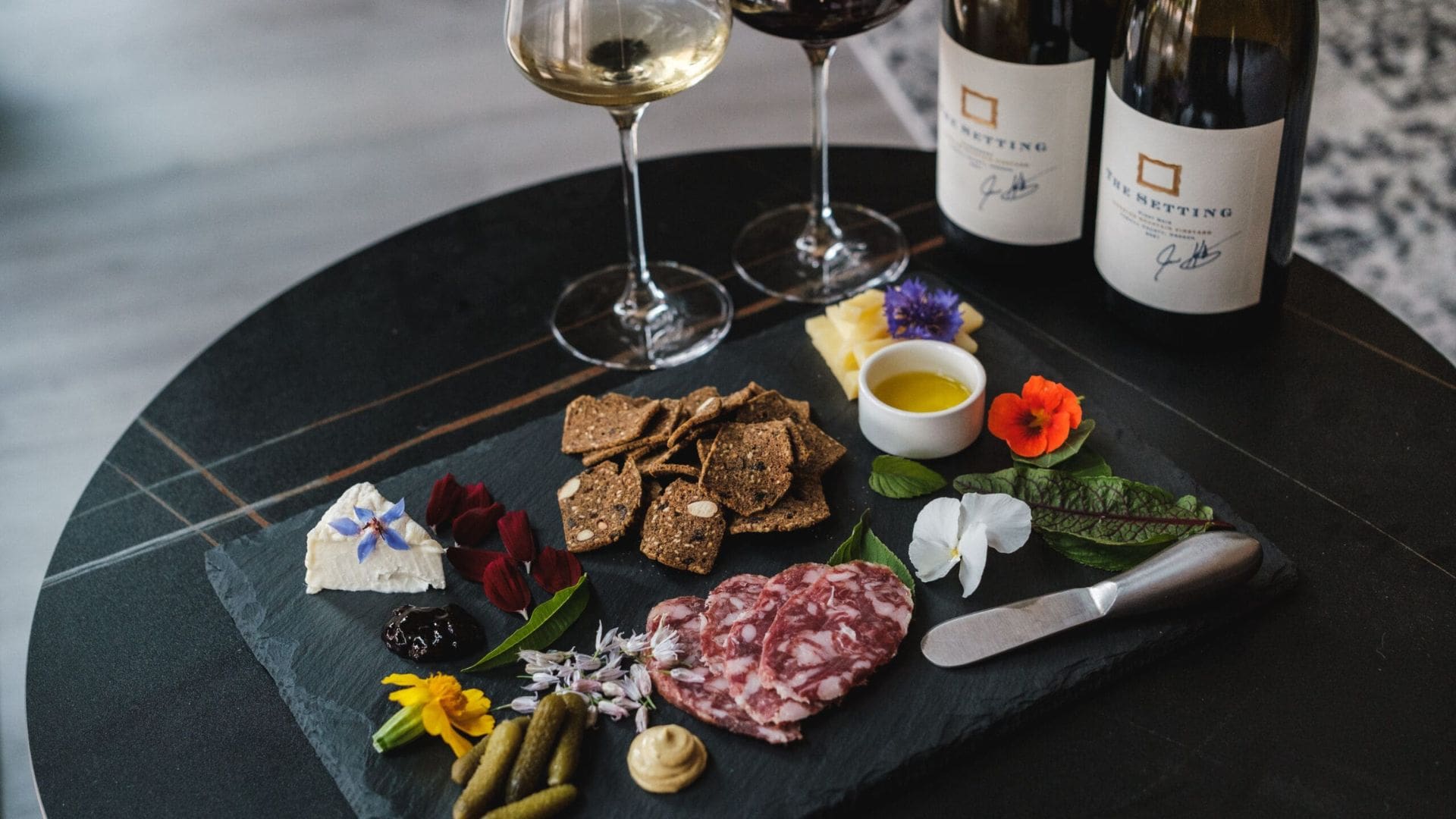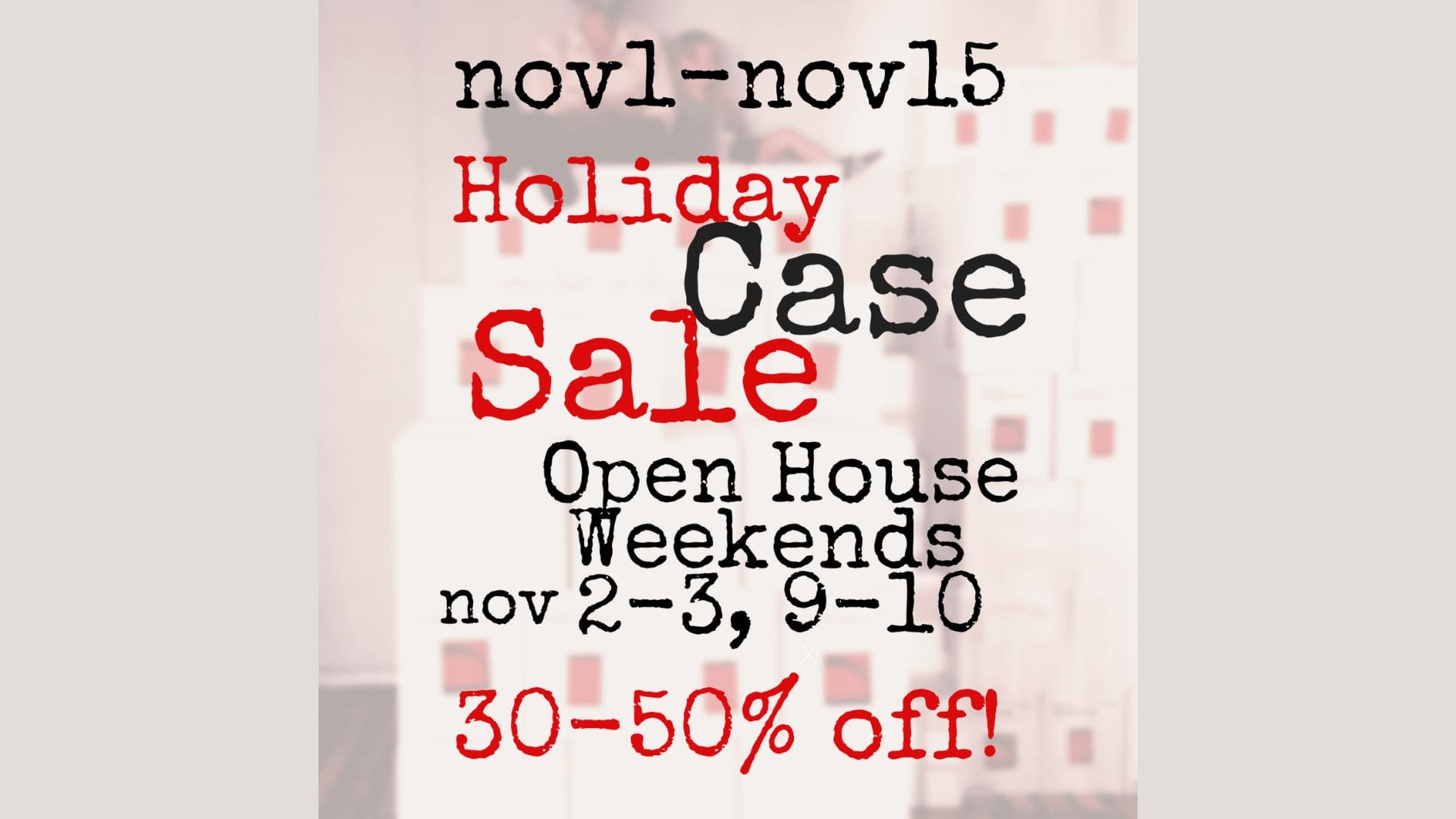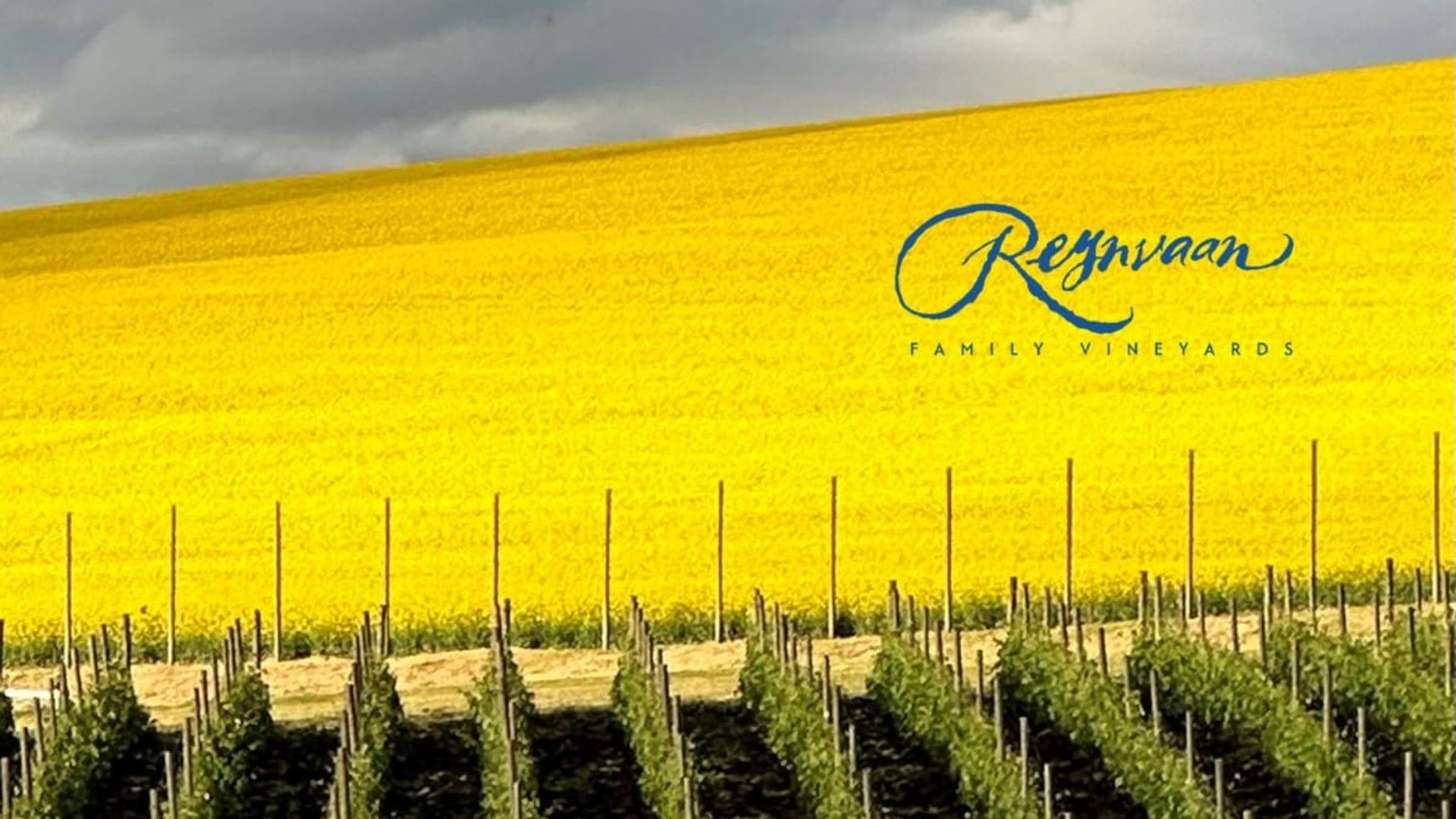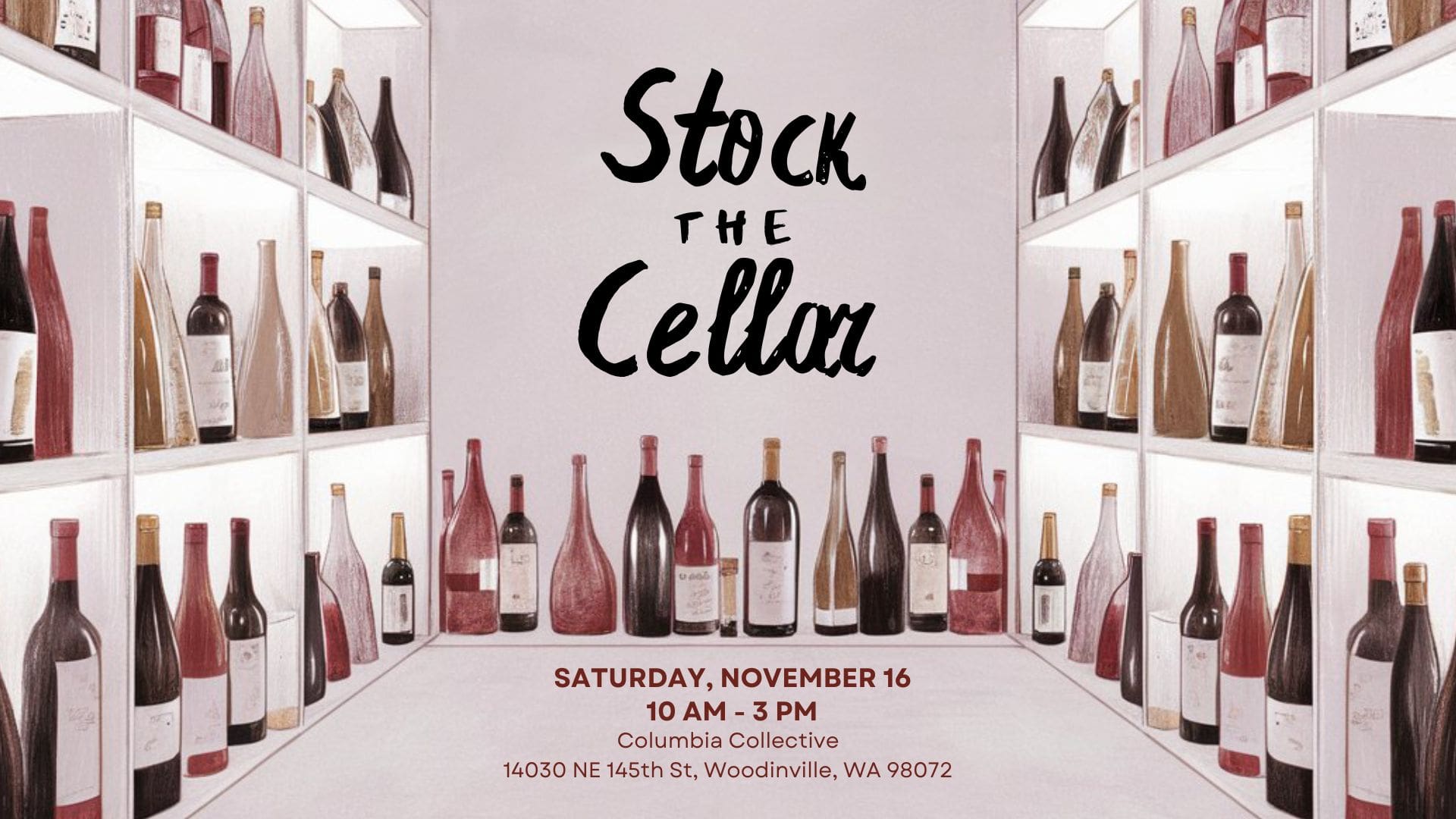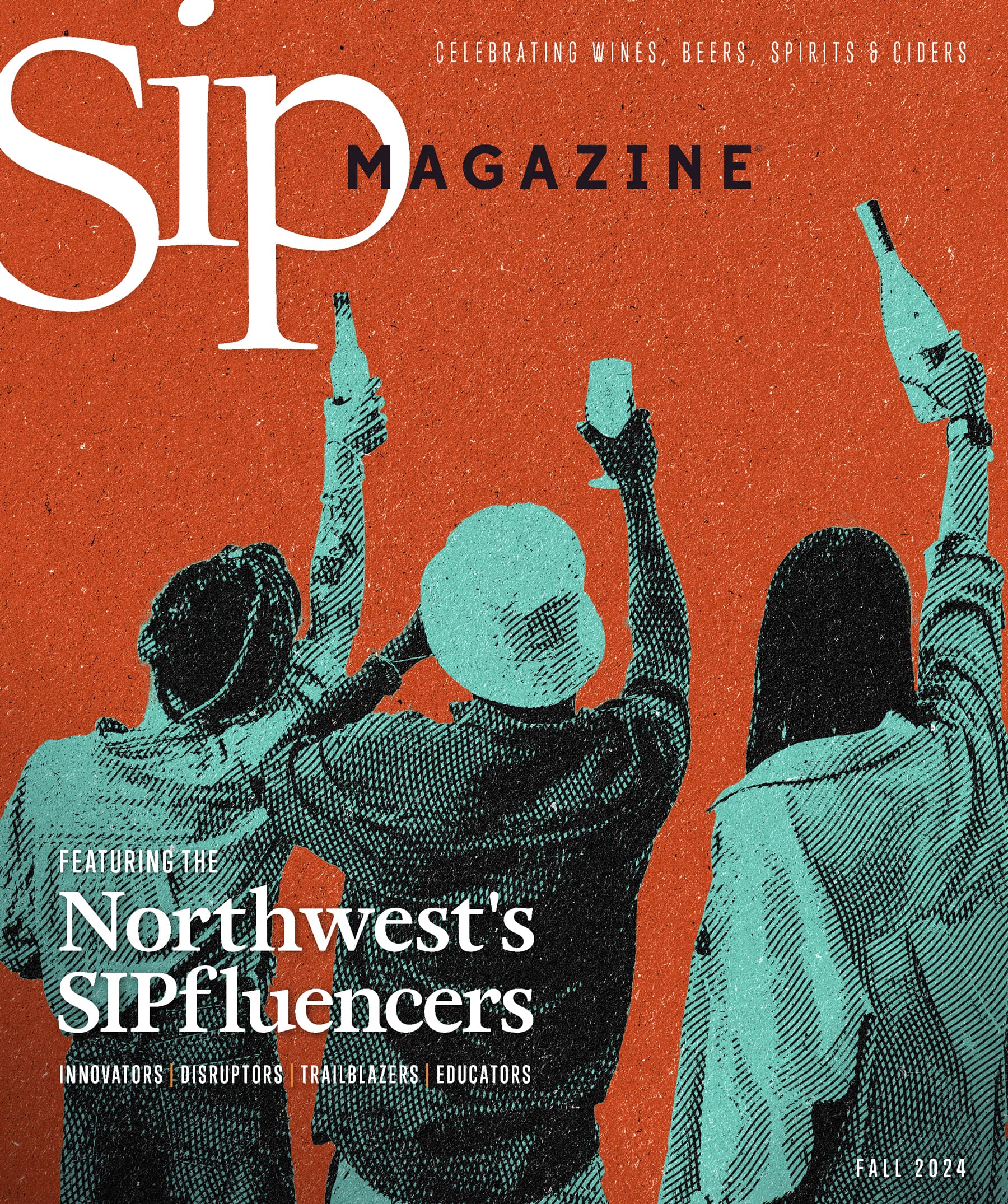Here, take a glass. I’m Zach Geballe, and I love wine. Some of the time, I’m serving it to people at the Dahlia Lounge in downtown Seattle, other times I’m teaching classes about it, and others I’m doing just this: writing about it. The goal of Tasting Notes is to explore the wine of the Pacific Northwest both as a sommelier and as a writer. To both tell the stories of this fascinating region and to tip you off to what should be going in your wine rack, your cellar and your glass. Sometimes you might catch a subtle hint of humor, or a faint aroma of education, and just like with wine, sometimes you’ll just want to spit it out. Every bottle of wine is a story, a chance to learn, and a way to bring people together, so let’s get started.
—
You’ve probably, at some point in your life, considered starting a wine collection. Or you may have joined a wine of the month club to help supply your wine collection. You might have even bought a few bottles with the thought of holding on to them. Then a dinner party or two happened, or a special occasion, or a Tuesday, and suddenly that stash turned into recycling. While starting and maintaining a wine collection takes a bit of self-disciple (and, of course, some money and storage space), it’s actually relatively easy. Here are a few ways to get started.
Go Michael Keaton. Yes, I am referencing 1996’s mediocre romcom “Multiplicity.” Truly starting a collection requires buying multiple bottles of the same wine. Part of the fun of having a collection is seeing how a given wine changes over time, and to do that, you need to have a few that you can open at various intervals. I like to buy in groups of three, six, or 12. Mostly because cases of wine are 12 bottles each, and basic arithmetic comes into play, but also because that offers lots of options on when to drink. You can try a bottle a year as a given vintage enters its “sweet spot,” or if you buy multiple vintages, hold a vertical tasting (trying bottles from successive vintages).
White is alright. When most people think about a wine collection, they think about red wine, or maybe vintage Champagne. Few wine collectors devote much attention to whites, or if they do they restrict themselves to white Burgundy or German Riesling. Yet one of the best bottles of Washington wine I’ve ever had was a seven-year-old bottle of Abeja Chardonnay. While not every bottle of blanc will hold up for five, 10 or even 20 years, great producers of Chardonnay and Riesling in the Northwest make mineral-laden, high-acid wines that will still seem vivid and youthful after a spell in a cellar.
With Pinot, years matters. Oregon Pinot Noir makes for a wonderful part of any Northwest wine collection, but unlike most Washington wines, it’s more subject to vintage variation. Wines from hotter years (like 2009) will often drink well early on in their life (from release to five years later), but wines from cooler vintages (2011 being a prime example) are often at their best 10 years later. As the acidity and tannins in the wine integrate more fully, they show a complexity that can rival Burgundy, and they make a wonderful part of a Northwest wine collection.
Know your Washington winemakers. While generalizing about an entire state’s industry is impossible, two basic stylistic approaches dominate the Washington scene: the “drink now, bigger is better” style that’s epitomized by bold fruit, lots of oak and richness, and the “slow and subtle” approach that attempts to emulate a more European style. While some of those big, burly wines will mellow delightfully with age, others lose their vitality and don’t have enough else going on to remain interesting over time. The subtler style can sometimes never really develop, but often the best older wines are unassuming in their youth, only maturing into dynamic, fascinating wines with 10 years or so under their belts.
Think in four dimensions. A wine collection requires three-dimensional space—somewhere cool, dark and relatively dry. Rent a space if you can afford it, use your basement if you have one or at least a sheltered closet. It also requires time management. Understanding the ages of your bottles, and when they should be drank, is key to maintaining your cellar. From simple methods like writing “drink-by” dates on the bottles to more involved ones like building a spreadsheet, there are plenty of options out there, but do opt for at least one, as they’ll save you lots of time and heartache down the road.
Better a year early than a year late. Last of all, when in doubt… drink the damn bottle! While drinking a wine a bit young can be a shame, far worse is to never get to enjoy it at all because you left it in your cellar for far too long. So do your planning, mark your dates, but most of all, drink your wine!
Zach Geballe is a certified sommelier, a wine educator and a writer. He lives in Seattle, where he owns more wine than he can reasonably drink but loves to share.





